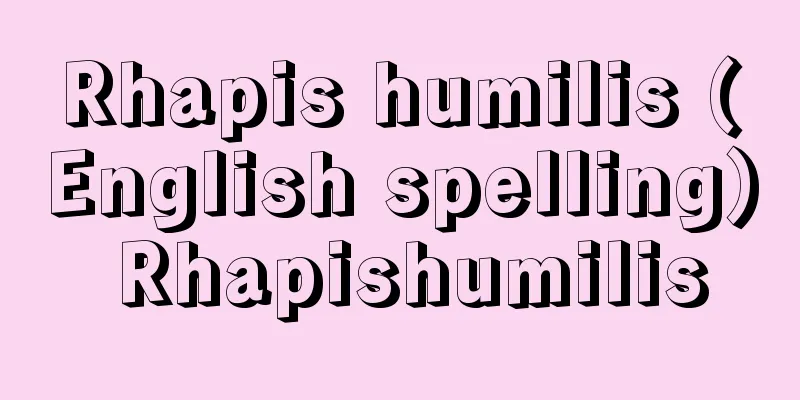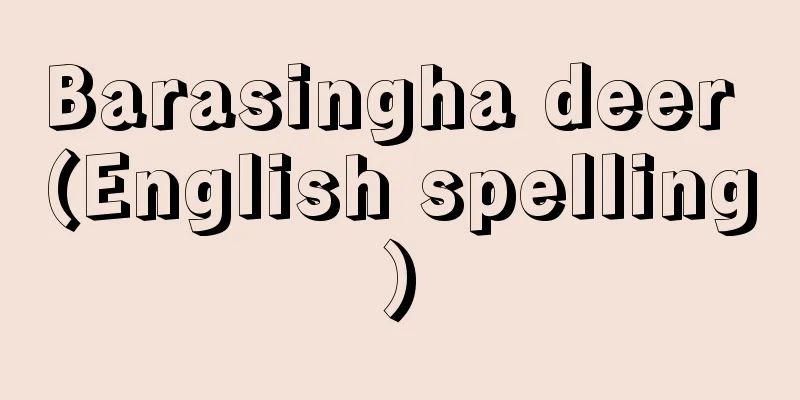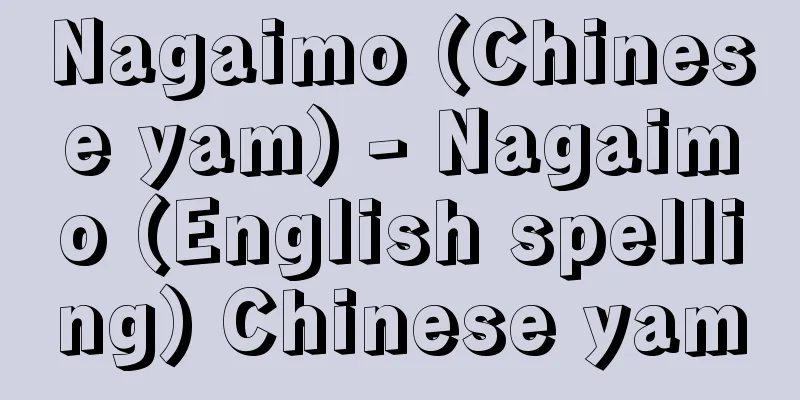Royal tomb - Oubo

|
...refers to the practice of burying wives, concubines, and attendants in the tomb of a king or nobleman or other master as companions to the deceased, and the remains of such burial. Regardless of the size of the tomb, it is the tombs of the ruling class that are accompanied by burial with the deceased, and regardless of the level of power, they are called royal tombs, chief tombs, etc. It was a custom in an era when people believed in the existence of an afterlife, just like in each society (afterlife view), and according to ancient documents, there were cases where people were buried alive. From [Imperial Tombs] ...In this regard, too, research into imperial tombs is lagging behind significantly. From the Yayoi Culture ...Thus marked the end of the bronze ritual vessels and the rituals of the Yayoi period. *Some of the terminology used to refer to "royal tombs" is listed below. Source | Heibonsha World Encyclopedia 2nd Edition | Information |
|
…王侯貴族など主人の墓に,死者の供として妃妾や従者を同時に葬ること,およびその遺構をいう。墓の大小にかかわらず殉葬を伴うのは支配階級の墓であり,権力の大小は別にして,それらを王墓,首長墓などと呼んでいる。それぞれの社会と同じような来世の存在を信じていた時代の風習で(来世観),古文献によると,生きながら埋められた場合もあった。… 【帝王陵】より…この点も含めて,帝王陵の研究は大きく遅れている。 【弥生文化】より…こうして弥生時代の青銅祭器とその祭りは終りを告げることになる。銅鐸 ※「王墓」について言及している用語解説の一部を掲載しています。 出典|株式会社平凡社世界大百科事典 第2版について | 情報 |
Recommend
Mongol people - Mongol (English spelling)
One of the Altaic ethnic groups. Linguistically sp...
Andaman Islanders
Negrito people living in the Andaman Islands. They...
Indigo - indigo (English spelling)
A blue vat dye that has been used since ancient t...
guanine
...In DNA, the sugar moiety is 2-deoxy-D-ribose, ...
Oitashi - Boiled vegetables
...Bouillon may also be used when boiling fish or...
Spanish Autonomous Right Confederation (English: Confederación Española de Derechas Autónomas)
The largest right-wing party during the Second Spa...
Flaxman, John
Born: July 6, 1755, York [Died] December 7, 1826, ...
ITCZ - ITCZ
Intertropical convergence zone Source: About Shoga...
Hable, H. (English spelling) HableH
…Official name: Republic of ChadRépublique du Tch...
Francken II, F. (English spelling) FranckenIIF
…The subjects are diverse, including mythology, g...
Yamatototohimomosohime no Mikoto
A daughter of Emperor Korei who appears in the Koj...
Trent [river] - Trent
The Humber is a river that originates in the south...
Danso Kiyota
1719-1785 A Confucian scholar in the mid-Edo peri...
Buying down - Kaisagari
…Generally, it refers to the movement of a day, b...
A set of lessons - A set of lessons
...Therefore, the number of kogyo adopted (select...









